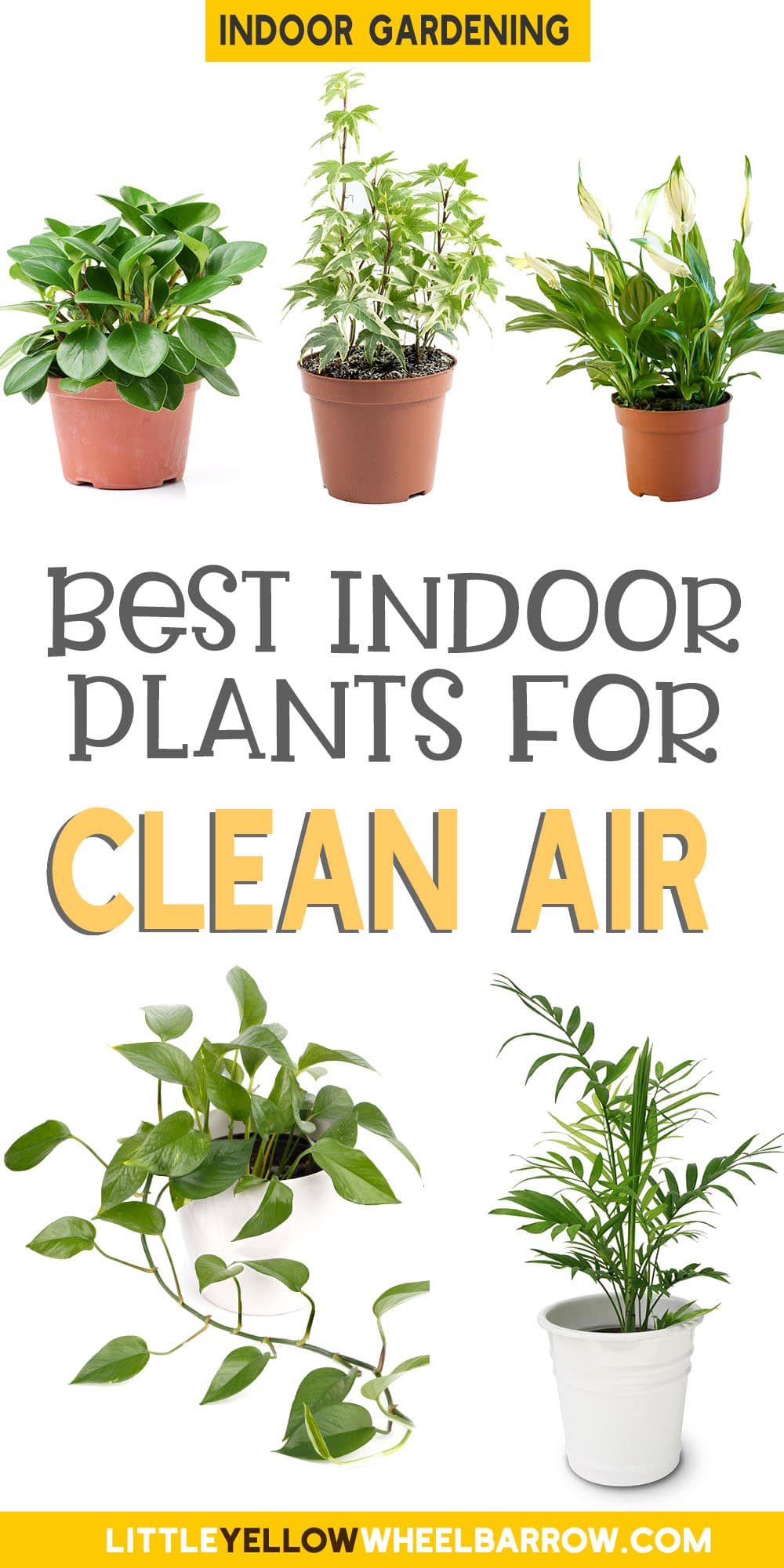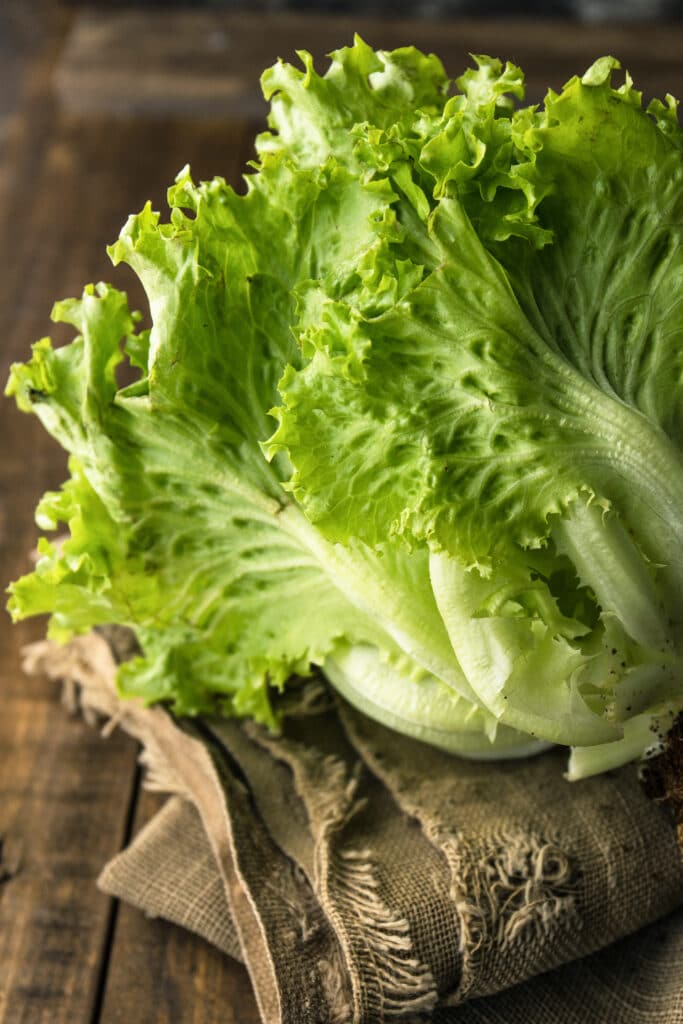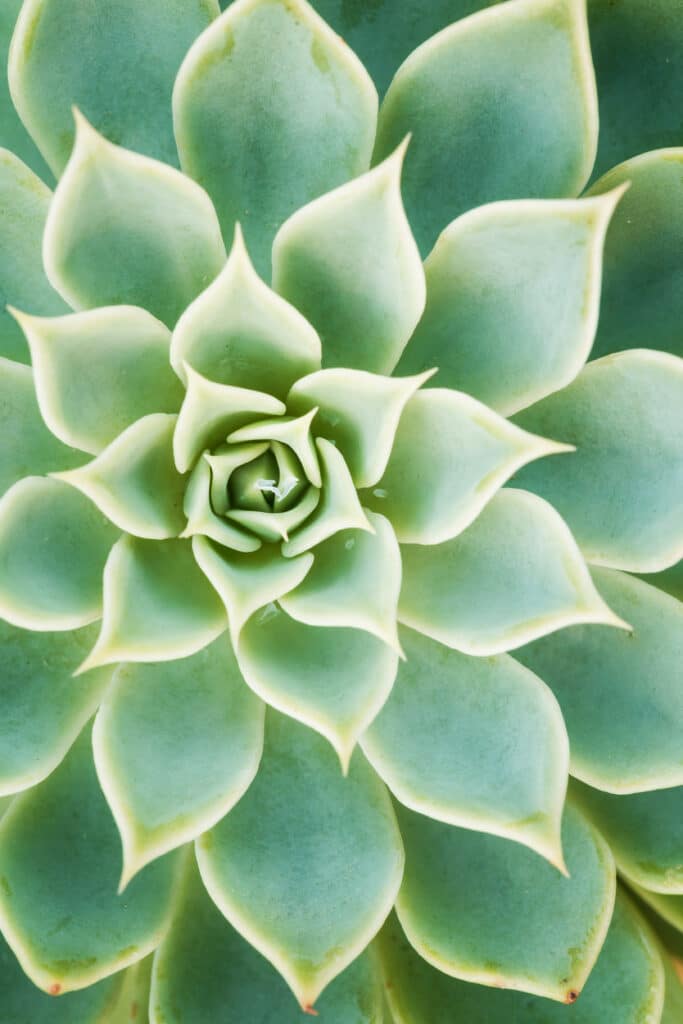The 9 Best Indoor Plants To Clean Air
Using indoor plants to clean air has become an essential part of modern living, offering a natural way to purify the environment within our homes and workplaces. This post is tailored for health-conscious individuals and those looking to enhance their indoor spaces’ aesthetic and environmental quality. It will delve into the best plants known for their air-cleaning properties, providing insights on improving air quality, reducing pollutants, and contributing to a healthier living space.

This article will further explore the scientific backing behind the ability of these green companions to filter out common indoor pollutants such as benzene, formaldehyde, and trichloroethylene. Readers will be guided through a carefully curated selection of plants to grow indoors that excel in purifying the air. This article aims to equip readers with the knowledge and information required to enhance their air quality with a few impactful plant choices.
Indoor Plants Can Clean the Air and Remove Some Toxins
NASA conducted a study in 1989 that discovered that houseplants can remove many harmful toxins from the air in enclosed spaces like homes. And since Americans spend almost 90% of their time indoors, it’s no wonder people are looking for environmentally and economically friendly ways to clean their air.
Many common plants can filter out several types of indoor air pollution, including:
- Carbon monoxide
- Styrene
- Toluene
- Ammonia
- Formaldehyde
- Benzene
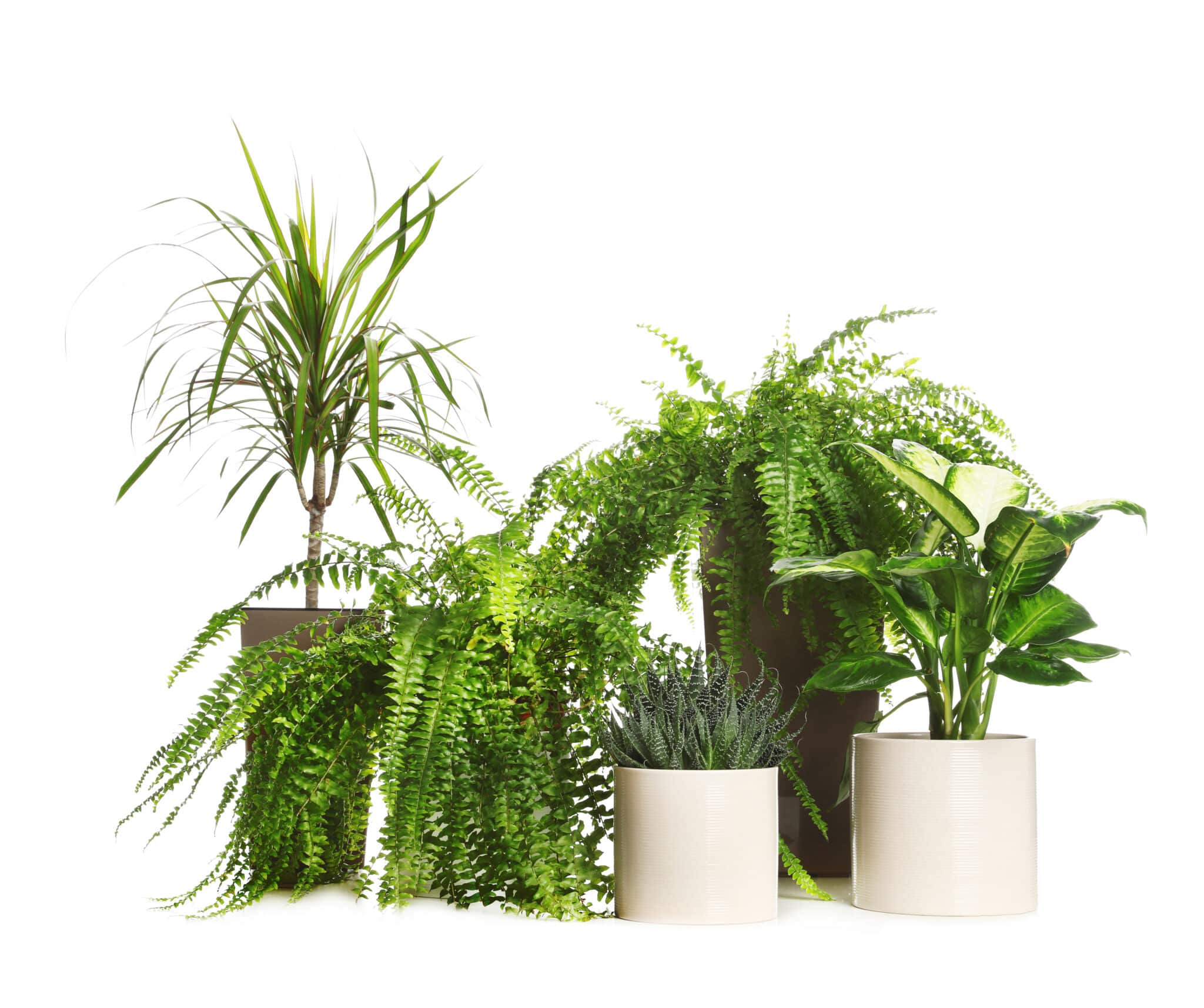
Important Safety Information!
While many indoor plants can help filter out carbon monoxide, they are not a replacement for a carbon monoxide detector!
The Best Indoor Plants to Clean Air
Adding indoor plants to your home will benefit you in more ways than one! In addition to removing toxins from the air, indoor plants help reduce stress, improve well-being, and add living beauty to your home.
Plants are natural wonders at removing toxins and cleaning up indoor air. But different plants clean up different indoor air pollution, so it’s best to have various plant types in your home.
Note: Plant Safety and Toxicity
I also needed to include that some plants can harm dogs and cats. I’m including a note about the toxicity of each plant so that you have an idea. For more information, please check the ASPCA Toxic and Non-Toxic Plants page or check with your veterinarian.
Spider Plant
Spider plants are not only one of my favorite indoor plants, but these beautiful hanging plants with variegated leaves are very easy to care for and double as powerhouse filters! According to NASA’s study, spider plants can remove up to 95% of chemicals from the air.
Pet toxicity: This plant is safe for pets.
Filters out: Carbon monoxide, formaldehyde, xylene, benzene, and more.
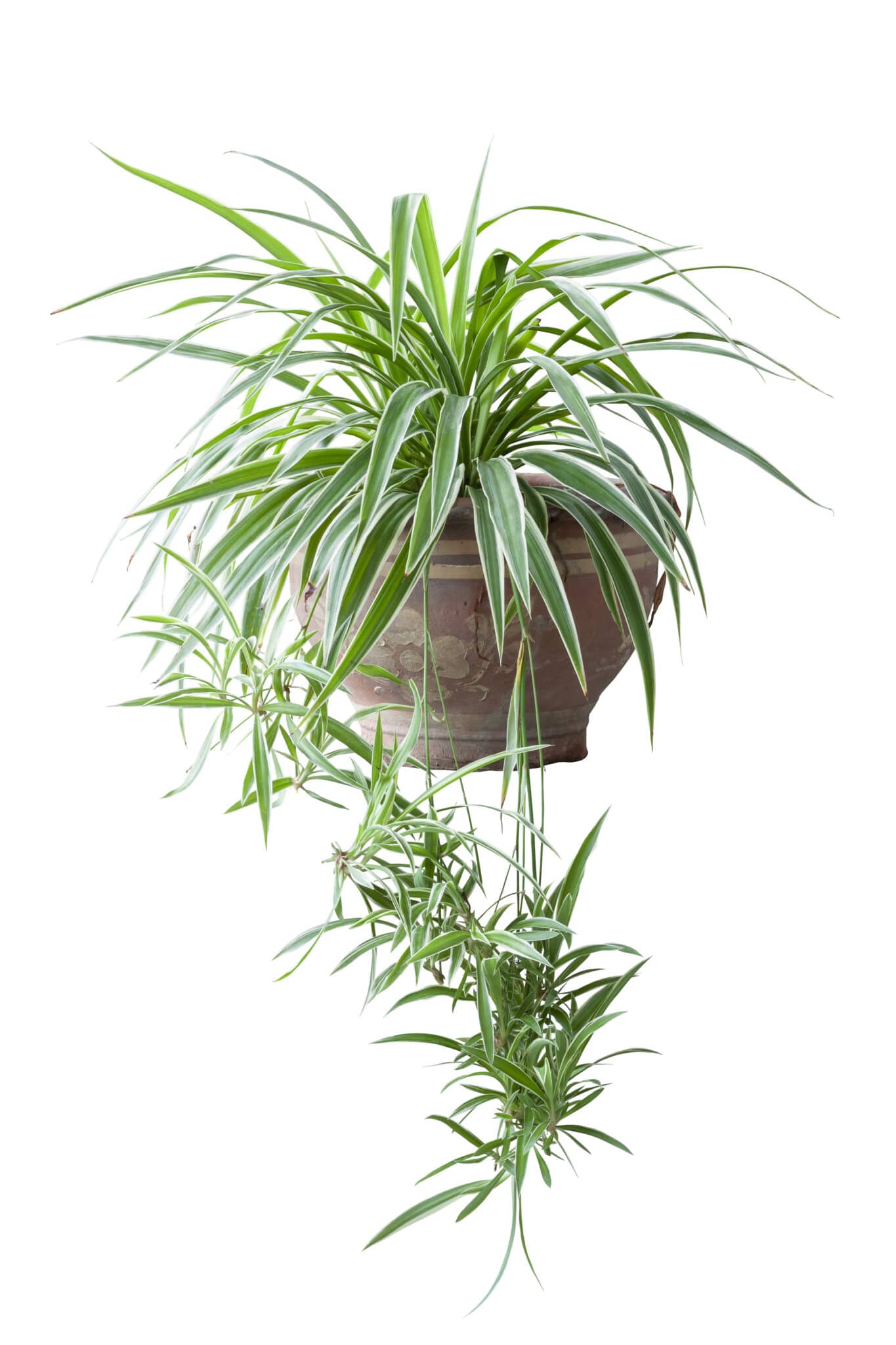
Golden Pothos
Also known as devil’s ivy, this leafy vine is one of the easiest indoor plants to grow because it thrives in various conditions. This is a perfect beginner plant! Plus, it’s an effective air purifier.
Pet toxicity: This plant is not safe for cats or dogs.
Filters out: Xylene, formaldehyde, toluene, and benzene.

Peace Lily
Peace lilies are beautiful and easy to care for plants with simply stunning white blooms in the summer. NASA’s study concluded that peace lilies are among the best indoor plants to clean the air.
Pet toxicity: This plant is toxic for both cats and dogs.
Filters out: Carbon monoxide, xylene, formaldehyde, ammonia, benzene, and more.

Dracaenas
This beautiful houseplant is a member of the asparagus family and originally hails from Madagascar. It resembles a bushy tree with striking leaf-coloring patterns that make a beautiful focal point in any room.
Pet toxicity: This plant harms cats and dogs and may cause dilated pupils and vomiting.
Filters out: Xylene, formaldehyde, toluene, benzene, and trichloroethylene.

Rubber Tree
These evergreen trees from India have large dark green leaves and can grow as medium-sized houseplants or into larger tree-like indoor plants. They provide more oxygen than any other plant and make great air filters.
Pet toxicity: This plant is toxic to both cats and dogs.
Filters out: Formaldehyde, carbon monoxide, and trichloroethylene.

Snake Plant
Snake plants are one of the easiest indoor plants to grow, and their tall spiky leaves and interesting coloring patterns make a striking addition to any room. Plus, they are one of the best indoor plants to clean air.
Pet toxicity: This plant is toxic to cats and dogs and can cause nausea, vomiting, and diarrhea.
Filters out: Xylene, formaldehyde, benzene, and trichloroethylene.

Boston Fern
Also known as Lemon Button Ferns, this feathery plant works well as hanging plants or potted plants. They can tolerate dry conditions better than most ferns, grow about 12” high, and effectively filter toxins.
Pet toxicity: This plant is safe for cats and dogs.
Filters out: Xylene and formaldehyde.

Bamboo Palm
The bamboo palm can grow large (4-12 feet!), but they make terrific indoor houseplants because, unlike most palms, they can thrive in low light and are very easy to care for. Don’t let their easy-going personality fool you because they are air-filtering workhorses.
Pet toxicity: This plant is safe for cats and dogs.
Filters out: Xylene, formaldehyde, ammonia, toluene, and benzene.

English Ivy
English Ivy (also known as California or sweetheart ivy) is a vine that can grow up to 50 feet, grows berries, and makes a terrific indoor hanging plant. And this plant is wonderful at purifying the air.
Pet toxicity: This plant is toxic to cats and dogs (the leaves are more toxic than the berries).
Filters out: Xylene, formaldehyde, benzene, carbon monoxide, toluene, and more.

Environmental Notice!
English Ivy is highly invasive! Do not replant it outdoors, and don’t dispose of it in your compost or yard clippings. Depending on your location, there may be bylaws or guidelines that you can check for proper disposal of English Ivy.
Limitations of Plants in Air Purification
It would be irresponsible to lead any reader to believe that plants can clean the air entirely. Although plants can clean the air, and some are quite good at it, you must be aware of the limitations before incorporating them into your clean air quality plan.
- Limited Purification Capacity: The extent to which plants can clean the air is relatively modest compared to the claims often made. While plants absorb carbon dioxide, certain pollutants, and volatile organic compounds (VOCs), the rate and volume of air purification by plants are much lower than what is often perceived. The natural air-purifying process through plants is gradual and limited to their immediate vicinity.
- Specific Pollutants: Plants are selective in the pollutants they can absorb, and not all indoor plants remove all types of air contaminants. Each plant has a specific set of pollutants it can handle more effectively, which means a variety of plants would be necessary to tackle a broad range of indoor air pollutants.
- Maintenance and Health Risks: Plants require care and maintenance, including adequate sunlight, water, and protection from pests. Poorly maintained plants can develop mold or attract pests, potentially worsening indoor air quality. Additionally, some plants are toxic to pets and children if ingested.
Expert Tips
- Pick Effective Plants: Choose spider plants, peace lilies, and snake plants known for cleaning the air.
- Understand Their Limits: Remember, plants can help but can’t fix all air quality issues alone.
- Care for Your Plants: Healthy plants do better at purifying air, so water and prune them regularly.
- Watch for Pests: Watch out for pests that can harm your plants.
- Don’t Overcrowd: Place plants so air can flow around them, helping them work better.
- Keep Plants Safe: Put plants where pets and kids can’t reach, especially if they’re toxic.
- Use Many Plants: Various plants work best for cleaning different toxins.
- Place Them Wisely: Keep plants in rooms where you spend the most time for more benefits. One plant per 100 square feet is the recommendation for air quality.
- Check Air Quality: Use an air quality monitor to see how well your plants are doing.
- Open Windows: Fresh air from outside helps plants do their job better.
- Know Plant Safety: Make sure your chosen plants are safe for everyone in your home.
- Try Hydroponics: Consider soil-free gardening for a cleaner indoor plant experience.
- Join Plant Groups: Connect with others for tips and support on indoor gardening.
By following these straightforward tips, you can create a healthier and more pleasant living environment with the help of indoor plants.
FAQ
Plants purify the air through photosynthesis by absorbing carbon dioxide and releasing oxygen. Additionally, they can remove toxins such as benzene and formaldehyde, as shown in studies including NASA’s research. This involves the plant’s leaves and roots, with soil microorganisms also playing a crucial role in neutralizing pollutants.
For optimal air purification, place clean air plants in frequently used areas of your home and ensure a variety of species for a broad range of toxin removal. Proper plant care is essential for maintaining their air-purifying capabilities. According to NASA’s guidelines, it’s advisable to have at least one plant per 100 square feet of space.
NASA’s Clean Air Study recommends having at least one plant per 100 square feet of home or office space to purify the air effectively. Larger plants or those with a greater leaf area may provide more benefits.
Beyond air purification, houseplants offer several health benefits, including stress reduction, improved mood and concentration, increased humidity, enhanced creativity, and noise reduction. These benefits contribute to a healthier, more comfortable living environment.
Final Remarks
Integrating air-purifying plants into our homes is a natural, aesthetically pleasing, and economical solution that enhances indoor air quality and contributes to our well-being. Spider plants, peace lilies, and snake plants are effective natural purifiers that beautify our spaces and act as eco-friendly solutions. We create sanctuaries that nurture the body and soul by selecting, placing, and maintaining these plants.
No matter what your experience with growing indoor plants, there are plants on this list that will look beautiful in your home and help purify the air so you can breathe a little easier!
Related Posts

Author: Laura Kennedy
Writer & Owner of Little Yellow Wheelbarrow
Editor’s Note: This post was first published on March 13th, 2021, and updated on February 12, 2024. The update includes a complete reformatting, the addition of new information, FAQ, Expert tips, and information on the limitations of indoor plants to clean air.

